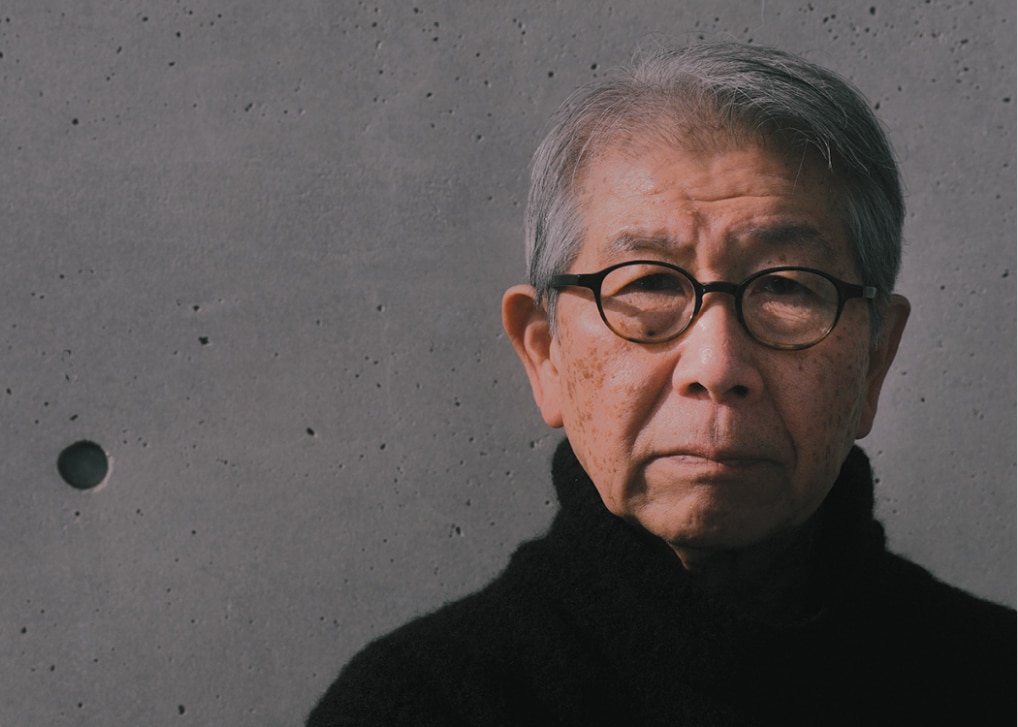“For creating awareness in the community in what is the responsibility of the social demand, for questioning the discipline of architecture to calibrate each individual architectural response, and above all for reminding us that in architecture, as in democracy, spaces must be created by the resolve of the people”, the jury of the Pritzker Architecture Prize has awarded Riken Yamamoto the most relevant recognition in the international disciplinary arena: through five decades as a designer and lecturer, the Yokohama-based architect has made the collective value of his work the cornerstone of a whole research path and philosophy.
Born in China, to a family originally from Yokohama, Yamamoto began to intertwine his story with modern postwar Japan history, opening up to a global dimension: from his studies between Nihon and Tokyo, to his education and training with Hiroshi Hara as a mentor, to the various symbolic stages that built his theoretical and critical landscape (the Osaka Expo of 1970, for instance).
The opening of his practice Riken Yamamoto & Field Shop Co., in 1973, is intertwined with his travels across the world with Hara, to the Mediterranean as well as to the American continent, where he contaminated the principles of his training with those he could see applied in different forms of living: through such experiences, he consolidated a sense of the importance of interaction, of spaces that bring into continuity private and public, interior and exterior, those that a few years earlier in the Netherlands Aldo Van Eyck would research as the “realm of the in-between”, where living and dwelling occur in their most open and hybrid form.

Yamamoto’s design practice thus developed along this axis, accompanied by university teaching pursued over the past three decades, between Yokohama and Nihon Universities, Nagoya Zokei University of Art and Design, and Tokyo University of the Arts where he was Visiting Professor in 2022.
By combining the influences of different concepts of home, brought together actually by their existence as related to the city, Yamamoto has been able to shape space, both private and public, in a way that relates to people and brings people to relate to each other: his own house – Gazebo, designed in 1986 – is a cascade of terraces and volumes that open up to their surroundings, whether human or artificial.
Putting such position in relation to Japan's contemporary history has become a design constant for Yamamoto: countering individualistic tendencies in conceiving dwelling by devoting to collective housing in various projects such as the Hotakubo of 1991; encouraging sharing throug public architecture such as Fussa City Hall in Tokyo (2010) and the Yokosuka Museum of Art of 2006; or organizing collective responses from the architectural realm to difficult scenarios such as the post-tsunami of 2011 in the Tōhoku region where, for the Home-for-All project – published by Domus in its various phases – he has come together under the acronym KISYN with Kengo Kuma, Toyo Ito, Kazuyo Sejima and Hiroshi Naito. A vocation to network and share, in projects as in practice, a reflection on space as a common and living heritage carried on also in recent years through the activities of the Local Area Republic Labo and the Local Republic Award.
“One of the things we need most in the future of cities is to create conditions through architecture that multiply the opportunities for people to come together and interact”, has said Alejandro Aravena, Pritzker Prize Jury Chair in 2024 and Pritzker laureate in 2016. To him, Yamamoto “is a reassuring architect who brings dignity to everyday life. Normality becomes extraordinary. Calmness leads to splendor”.
Opening image: Riken Yamamoto, photo courtesy of Tom Welsh











